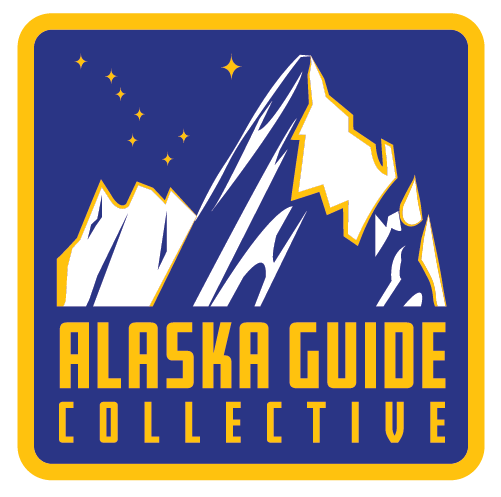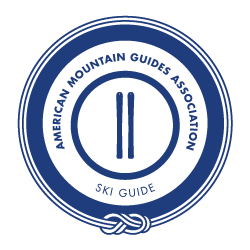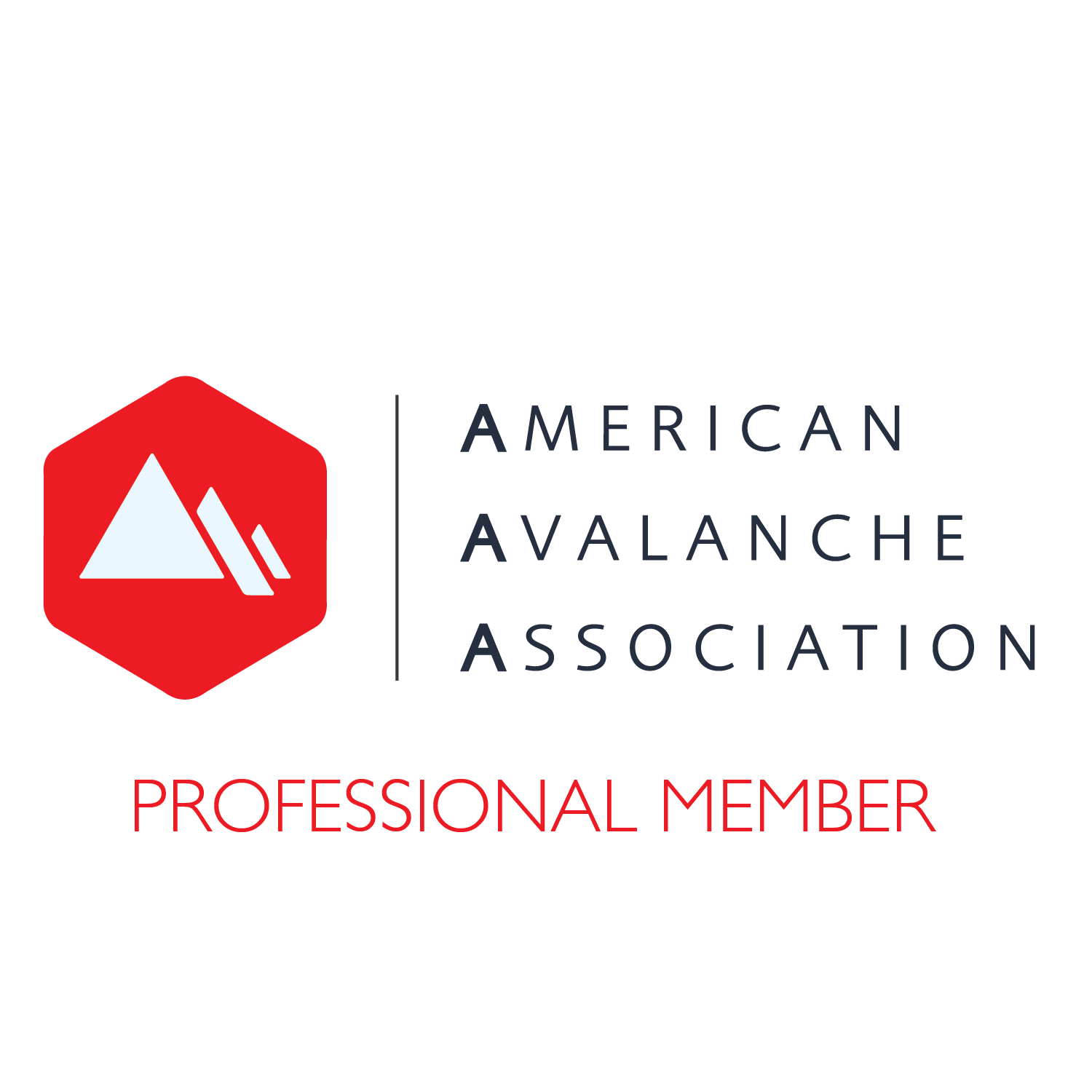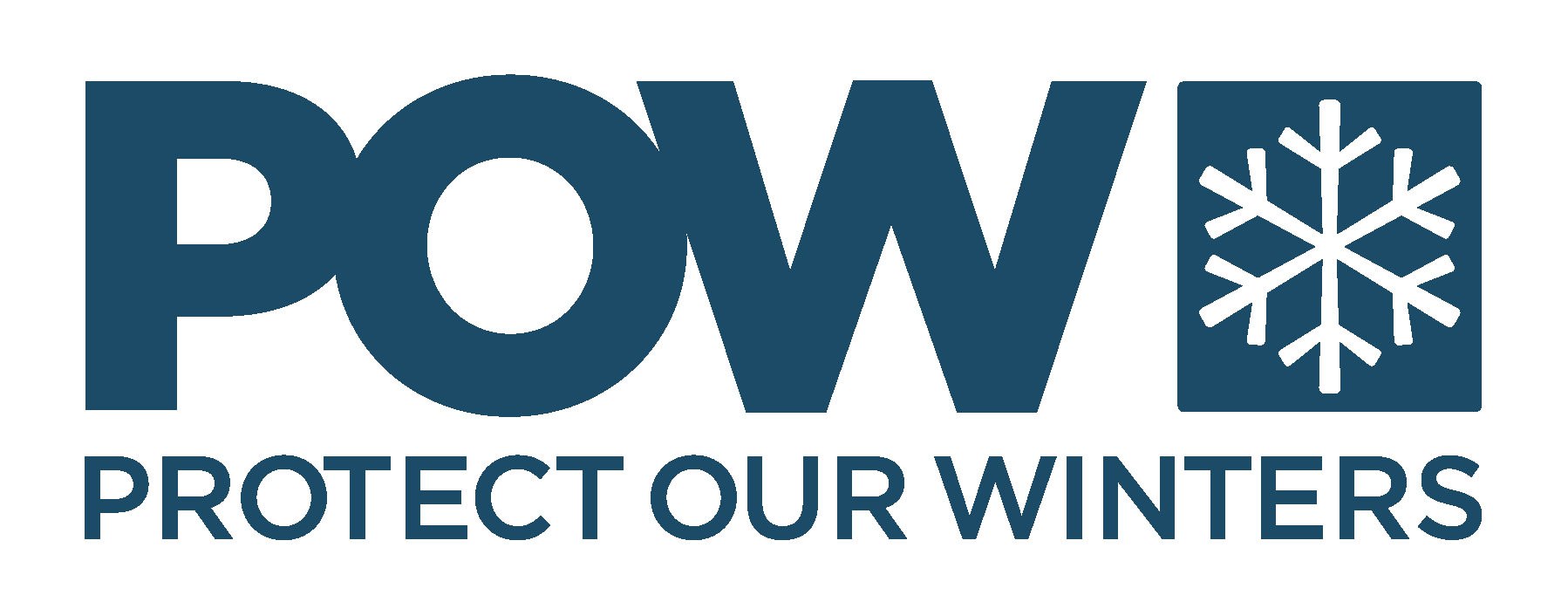This May and June I taught two guide training courses here in Alaska. The first was for Anchorage-based Salmon Berry Tours on the Matanuska Glacier and more recently Adventure Sixty North out of Seward on Exit Glacier. If your organization needs guide training, get in touch and I would love to work with your program too.
Myself on the right and the Salmon Berry Tours glacier hiking guides on the Matanuska Glacier. Good weather and good company made for a great two days.
Building V-threads to make an anchor on the ice. V-threads are crucial to use in your anchor on glaciers in the summer, it's amazing how fast ice screws will melt out.
Doing a 1:1 team haul. I'm a big fan of using the simplest and most basic rescue strategies whenever possible. Why use something more complex if you don't need to?
Some of the "A60" guides on Exit Glacier.
Practicing hauling systems with an incredible view out the office window.
Here a complex 5:1 is a great step towards greater mechanical advantage if a 3:1 isn't enough, just one piece of cord and two carabiners is all you need.
On the last day I had the guides run through scenarios including making real satellite phone calls to test their emergency response plan.
Here the rescuer is ascending the line back up out of the crevasse after rappelling to set the patient into the system. Once on top the ropes are converted into a haul system. This practice round was completed in under half an hour which is pretty good considering all the steps that go into it.
Hauling a patient up on a 3:1 pulley system. The patient is also tied into a separate line on to a separate anchor just in case something happens to the main orange line, always a good idea during practice.
In this scenario the patient was "unconscious" so a rescuer had to stay with the patient to assist her up as others hauled. Always good to practice the worst possible situations, it will be that much easier to complete if it ever happens for real.
Great crew to work with! Thanks Adventure 60, see you next year.
